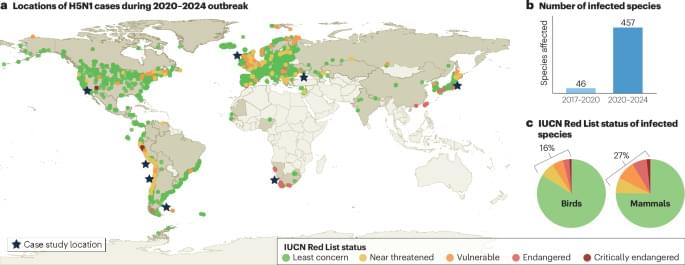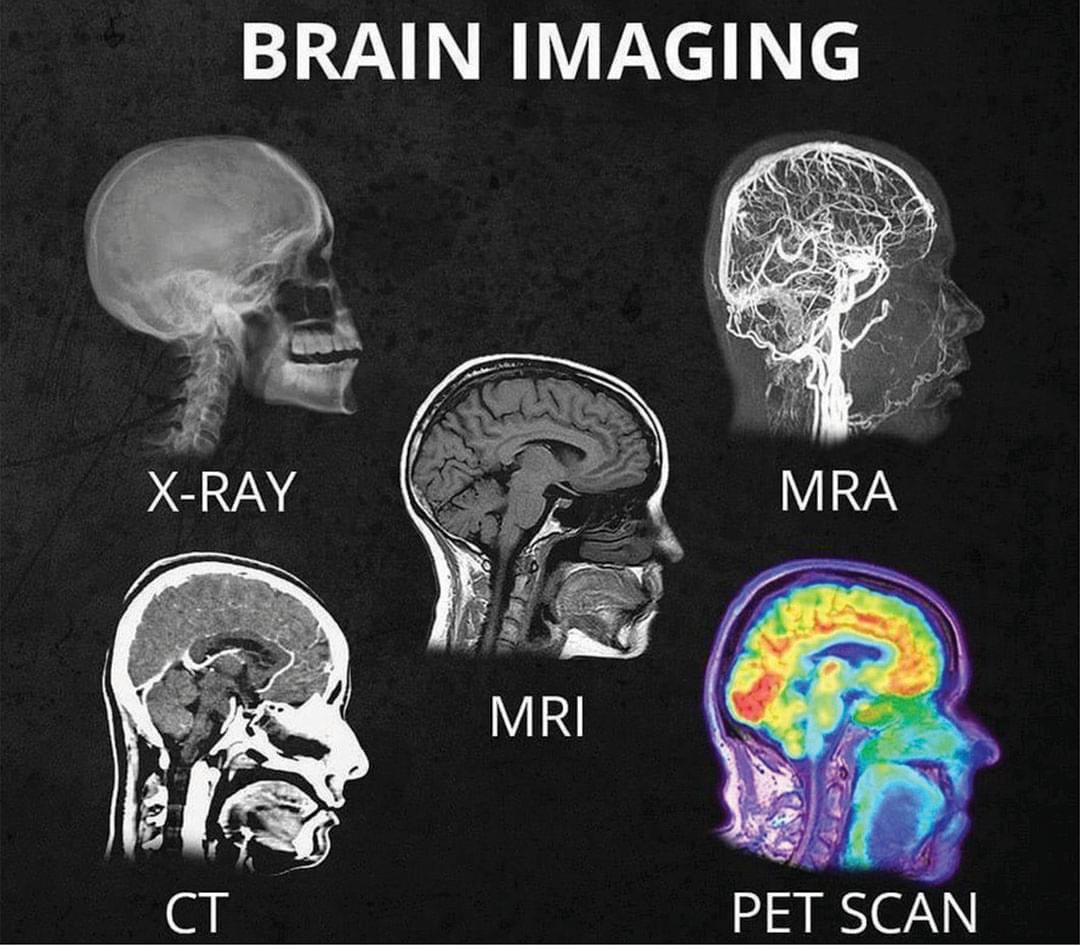Breyt Coakley, Principal Investigator at Helios Remote Sensing Systems, Inc. discusses Cognitive Software Algorithms Techniques for Electronic Warfare. Helios is developing machine learning algorithms to detect agile emitters, not yet in Signal Intelligence (SIGINT) databases, without fragmentation. Traditional deinterleaving fragments these emitters into multiple unknown emitters, or even worse misidentifies them as matching multiple incorrect SIGINT database entries.
Get the latest international news and world events from around the world.
Cognitive Warfare: How Technology Controls Our Thoughts — Mind Control — Psychological Manipulation
In this episode, we dive into the alarming concept of cognitive warfare—a new form of conflict where technology targets our minds to influence, control, and even manipulate our thoughts and emotions. Could governments and tech giants use these advanced tools to control how we think and feel? From artificial intelligence to neuromarketing, explore how cognitive warfare tactics are evolving and what they mean for personal freedom and mental autonomy in the digital age.
Join us as we uncover:
What cognitive warfare is and how it works.
How tech companies and governments could potentially shape public opinion.
The subtle ways AI-driven influence shapes our beliefs.
Potential risks to mental freedom and democracy if cognitive warfare becomes widespread.
If you’re concerned about AI manipulation, mind control technology, or the future of mental freedom, don’t miss this eye-opening video. Make sure to like, subscribe, and share to stay informed on critical issues at the intersection of technology, psychology, and control.
Pandora: Expert seminar ‘Social Media, Communication and Security’
Riga, March 19, 2018
Building on experience from the seminar “Trends in Social Media and Their Further Development ” that was held in 2017, in 2018 we discussed emerging challenges and opportunities for strategic communications in social media. Experts speaking at this seminar came from the private sector, academia, media, military and government institutions.
All The Collapsing Stars
In cognitive warfare truth becomes lies good becomes evil.
Provided to YouTube by Routenoteall the collapsing stars · sarochi · sarochi (ken)sarochi℗ SAROCHIReleased on: 2025–02-05Auto-generated by YouTube.
Pandora: Provided to YouTube by Lofi Records
Pandora · Downtown Binary.
Astral.
℗ 2023 Lofi Records.
Released on: 2023/04/10
Music Publisher: Copyright Control.
Composer: Michael Allan Jacob Gibbons.
Auto-generated by YouTube.

Eating yogurt may offer protection against hard-to-detect colon cancer
Beyond the general recommendation to consume yogurt, this research raises questions about which products might offer the most benefit. Not all yogurts contain the same bacterial strains or concentrations. While many products include Bifidobacterium, the amounts can vary significantly. Future research may help determine whether certain formulations provide better protection against colorectal cancer.
Different subtypes of colorectal cancer may respond differently to preventive measures, suggesting that a one-size-fits-all approach to prevention might not be optimal. This understanding could eventually lead to more personalized prevention strategies based on individual risk factors and gut bacterial composition.
Mapmaking in the mind: new research details how the brain builds mental maps of the world
To see how cognitive maps form in the brain, researchers used a Janelia-designed, high-resolution microscope with a large field of view to image neural activity in thousands of neurons in the hippocampus of a mouse as it learned. Credit: Sun and Winnubst et al.
Our brains build maps of the environment that help us understand the world around us, allowing us to think, recall, and plan. These maps not only help us to, say, find our room on the correct floor of a hotel, but they also help us figure out if we’ve gotten off the elevator on the wrong floor.
Neuroscientists know a lot about the activity of neurons that make up these maps – like which cells fire when we’re in a particular location. But how the brain creates these maps as we learn remains a mystery.

The threat of avian influenza H5N1 looms over global biodiversity
The highly pathogenic avian influenza H5N1 is an emerging and unexpected threat to many wild animal species, which has implications for ecological processes, ecosystem services and conservation of threatened species. International collaboration and information-sharing is essential for surveillance, early diagnosis and the provision of financial and technical instruments to enable worldwide actions.
